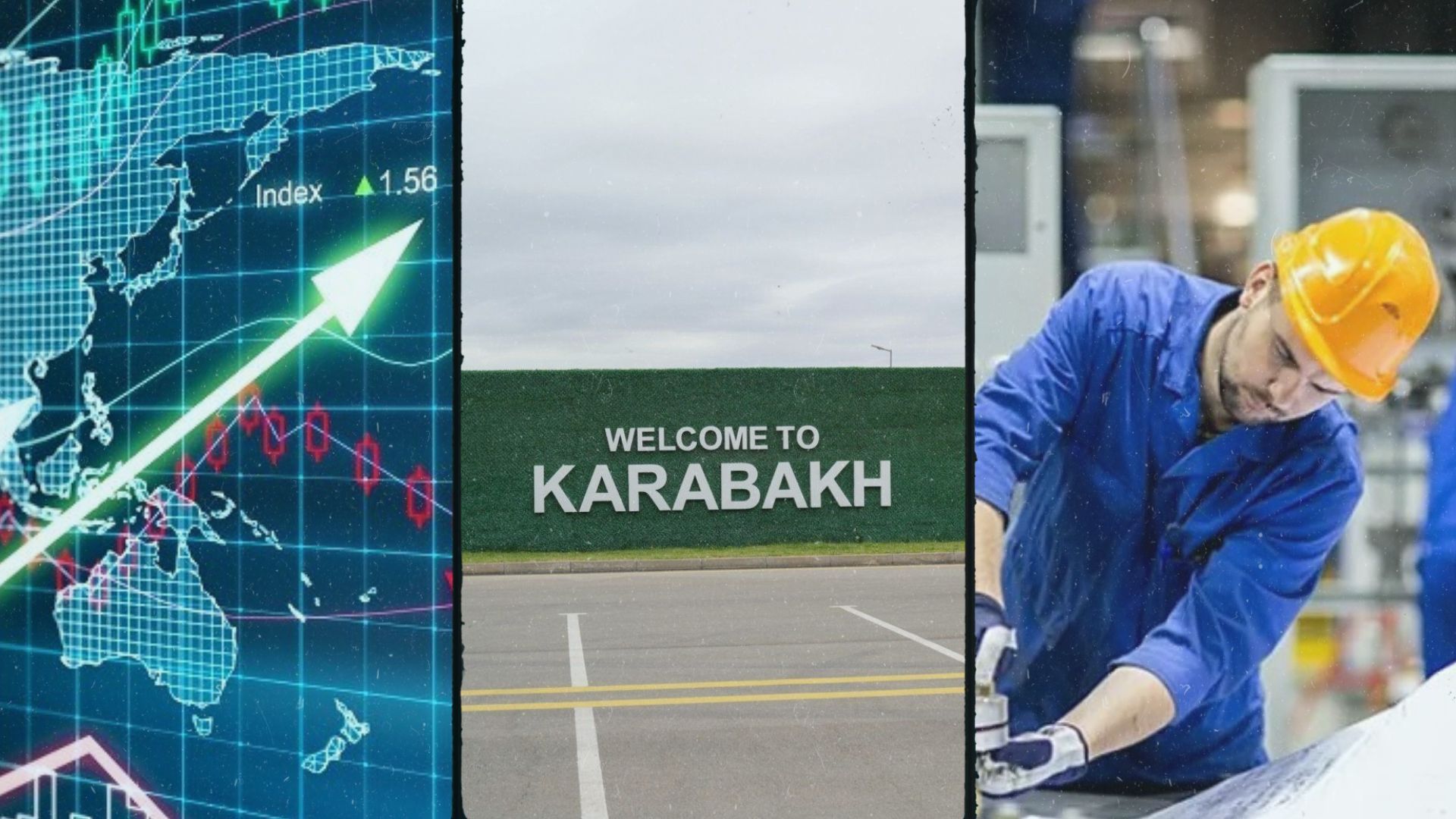Azerbaijan continues to methodically restore economic and social life in the territories liberated from Armenian occupation during the 2020 Second Garabagh War and the 2023 anti-terrorist operations. These efforts are strategically anchored in the “Azerbaijan 2030: National Priorities for Socio-Economic Development”, particularly through the "Great Return" program - a cornerstone initiative aimed at reestablishing civilian life, infrastructure, and economic activity across Garabagh and Eastern Zangazur.
The reconstruction efforts in Azerbaijan's liberated territories are advancing with remarkable momentum, driven by the determined vision and leadership of President Ilham Aliyev. Under the president's direct oversight, the once-devastated regions are witnessing a renaissance, with life gradually returning to areas that had previously suffered extensive damage. The destruction inflicted by the occupying forces - from cultural heritage sites to essential infrastructure and natural resources - was profound. However, through a combination of strategic policies, resilient national will, and substantial investments in restoration, Azerbaijan is not only restoring its sovereignty but also revitalizing these territories. These efforts are laying the foundation for a prosperous future and stand as a testament to the nation’s commitment to rebuilding.
The first half of 2025 has marked a new chapter in this recovery, as the Garabagh and Eastern Zangazur economic regions posted record-breaking industrial growth. According to official statistics, 233.8 million manats worth of industrial products and services were produced in these two regions between January and June — a 45.2% increase compared to the same period in 2024.
In the first quarter alone, 656 new jobs were created — 515 in Garabagh and 141 in Eastern Zangazur. Khankendi led Garabagh with 283 new jobs, while Kalbajar topped Eastern Zangazur with 70. While these figures represent only a fraction of Azerbaijan’s total new job creation (23,386 nationwide during Q1 2025), they carry outsized importance for regions where civilian life was almost non-existent just a few years ago.
The Garabagh economic region accounted for the majority of output, generating 192.3 million manats. Key contributors included:
Agjabadi — 48.5 million manats
Barda — 36.1 million manats
Agdam — 32.8 million manats
Fuzuli — 26.4 million manats
Tartar — 20.7 million manats
Shusha — 20.6 million manats
Khankendi — 4.6 million manats
Khojavand — 2.2 million manats
Khojaly — 392,000 manats
Agdara — 40,400 manats
In the Eastern Zangazur economic region, total industrial production reached 41.5 million manats, with Lachin leading at 27.5 million, followed by Kalbajar (7.4 million) and Zangilan (3.1 million).
Garabagh and Eastern Zangazur occupy a dual role in Azerbaijan’s future. Strategically, they sit along potential east–west and north–south trade corridors, offering the potential to become pivotal nodes in regional transportation and logistics networks. These territories also possess rich natural resources — from arable land for agriculture to deposits of minerals — and hold significant potential for renewable energy development.
Symbolically, the economic revival of these territories is a visible expression of national resilience. Industrial parks, modern infrastructure, and special economic zones are being rapidly developed, designed not only to attract domestic and foreign investment but also to foster local entrepreneurship and ensure long-term population resettlement under the Great Return program.
Nationally, industrial production in January–June 2025 totaled 31.2 billion manats, down 1.9% from a year earlier. The oil and gas sector contracted by 3.1%, while the non-oil and gas sector grew by 6.3% — a clear indicator of Azerbaijan’s gradual structural shift toward economic diversification.
This non-oil growth was supported by strong performance in sectors such as:
Wood processing (+88.2%)
Pharmaceuticals (+81.3%)
Textiles (+27.5%)
Chemicals (+10.7%)
Food production (+10.6%)
Electrical equipment (+12.2%)
Several of these industries — particularly agro-processing, building materials, textiles, and renewable energy equipment — are already being targeted for development in Garabagh and Eastern Zangazur.
Reconstruction as an economic multiplier
The reconstruction process is acting as a direct economic multiplier, stimulating demand for construction materials, logistics, and labor, while laying the groundwork for private sector investment. Large-scale infrastructure projects - including airports in Fuzuli, Zangilan, and Lachin; modern road and rail links; and newly built energy plants - are transforming accessibility and production capacity in the regions.
In parallel, cultural restoration projects in Shusha and Aghdam are reinforcing the regions’ tourism potential, which could complement industrial and agricultural production as a driver of diversified economic growth.
The impressive industrial growth in the first half of 2025 is not an isolated achievement, but part of a long-term trajectory. As more residents return and industrial capacity expands, Garabagh and Eastern Zangazur are poised to become major contributors to Azerbaijan’s non-oil GDP.
If current trends continue, experts forecast that within the next decade these territories could account for a significantly larger share of national industrial output, helping to insulate Azerbaijan from global oil market volatility. In doing so, they will stand as living proof of the country’s ability to transform destruction into development — and war-scarred land into engines of sustainable growth and national pride.

